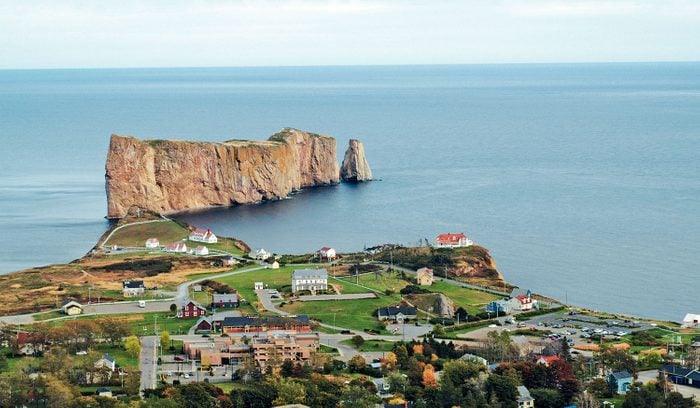
The Gaspé Peninsula boasts a picturesque coastline
For several years, I’d heard Quebec’s Gaspé Peninsula described with glowing superlatives. It was often referred to as “the Canadian version of California’s Highway 1” with its majestic views. So when I was invited to accompany my friend Janet to visit it, I had to see if such accolades were accurate.
We spent the majority of our trip driving—our yellow Beetle covered more than 1,700 kilometres in ten days. Route 132 through the region, known as the Bas-Saint-Laurent, outlines the Gaspé Peninsula. Along the north shore, the highway soars to celestial heights before dipping into deep bays, then out onto windswept capes. Dominated by the Chic-Choc Mountains, forest-covered hills are ablaze with colour in the fall.
The majority of the population lives along the lengthy coastline, and most of the towns have their own picturesque features, whether it is a museum, lighthouse or a quaint fishing harbour.
The Gaspé Peninsula, while appearing no larger than a thumbnail on the Canadian map, is actually larger than Belgium. It’s bordered on the north by the immense flowing ribbon of the St. Lawrence River, and on the south side by the Gulf of St. Lawrence, which empties its steel-blue expansiveness into the Atlantic Ocean. As far as the eye can see, sky and sea merge like a faint watercolour. Viewing it was a humbling experience, filling me with a feeling of isolation and solitude.
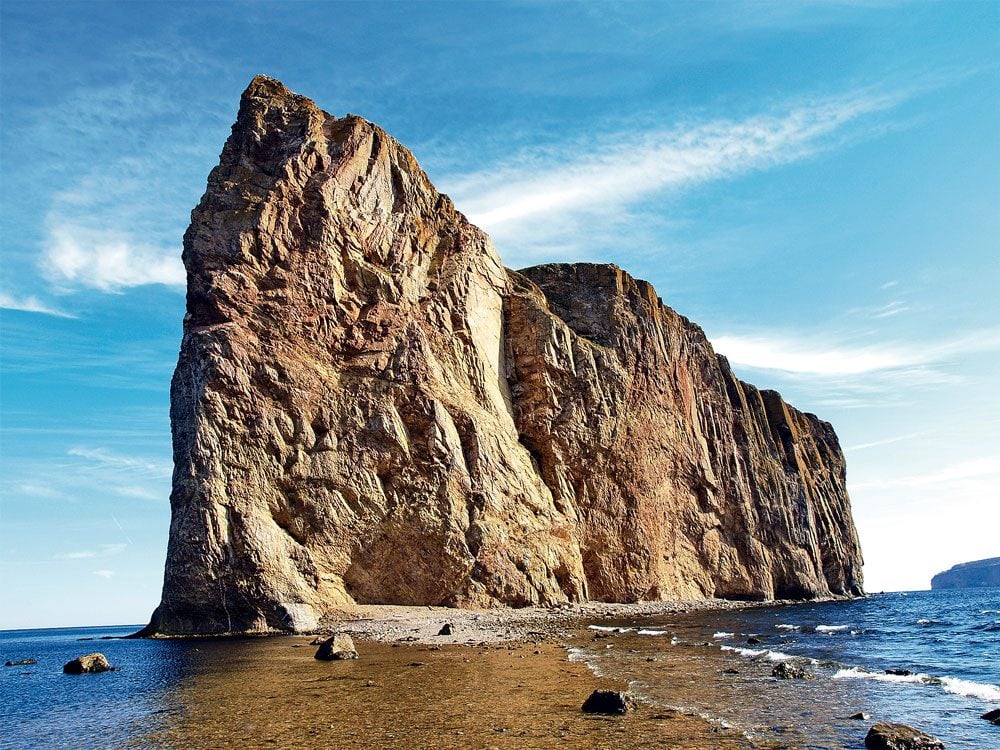
The majesty of Percé Rock
In Percé, an assembly line of tourist buses disgorged their loads of passengers to witness the limestone marvel, Percé Rock, noted for its famous natural archway. Percé Rock is imposing; as I walked along the sandbar towards it during low tide, it loomed overhead like some moored ocean liner. As the light of day dwindled, it magically transformed the rock’s hue from rusty brown to caramel to a glowing, golden amber.
There are boat tours available to take visitors around both Percé Rock and nearby Bonaventure Island before disembarking at Bonaventure Island’s pier. From here, there are trails to explore if you wish. The island boasts a conservation park and large bird sanctuary.
Here are more places in Canada every Canadian needs to visit.
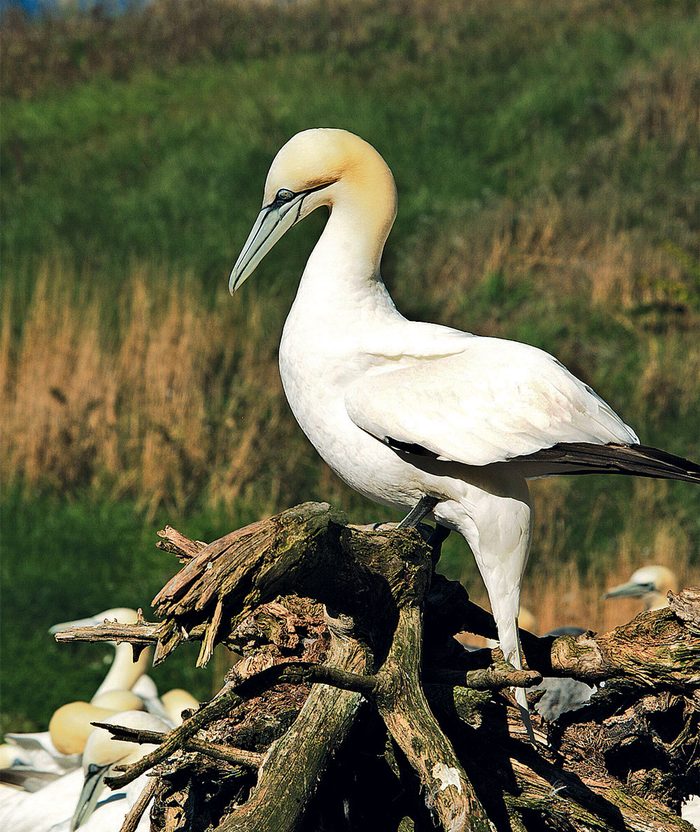
Bonaventure Island’s gannet colony
As I walked the undulating forest trail, I could hear the distant crashing of waves; it sounded like cannons being fired! Of the many species of birds to see, the most impressive residents are the gannets. With a wingspan of six feet, they have white bodies with black-tipped wings, yellow heads and striking blue eyes.
As I stepped out of the confines of the forest, I was suddenly confronted by a phalanx of birds. Thousands of gannets squawked, pecked, nodded and fed. The stench was incredible. Hardly surprising, as the birds regurgitate fish remains to feed their chicks. I was informed of the method these birds use to catch their prey in the ocean. Certain seabirds detect the scent of fish oil on the water’s surface and will follow it for miles. Others, like gannets, have remarkable eyesight and can spot anything moving underneath the waves from hundreds of feet in the air. They zero in and, with folded wings, dive like Stuka dive-bombers, piercing the waters and snatching their prey. They swim as well as they fly. To prevent injury from the impact against the ocean’s surface, gannets have been equipped with protective muscles in their heads and chests.
The Gaspé Pensinula region allows salt water and fresh water to collide, enabling an abundance of marine mammals—including fin, minke, humpback and blue whales—to feast on a richness of plankton and krill that emerges from greater depths. Among the churning waves is a habitat for grey seals.
How many of these Canadian birds have you spotted in your travels?
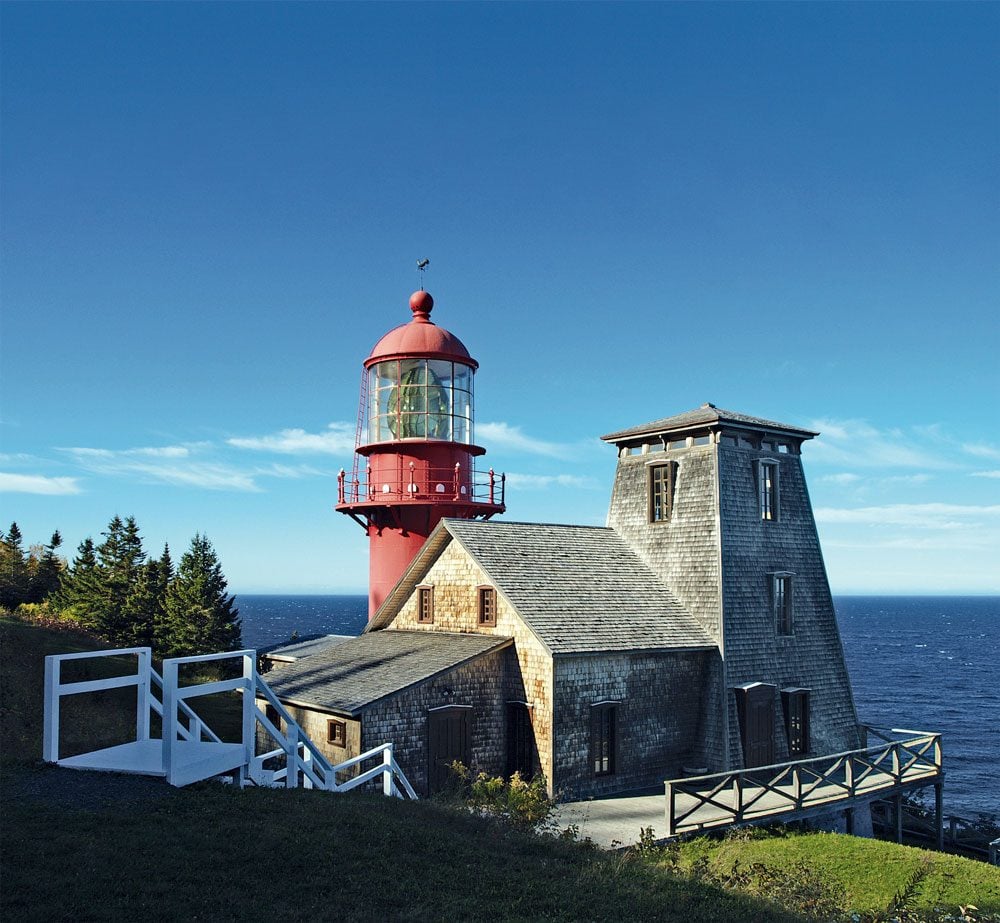
Picture-perfect lighthouses
There are many lighthouses around the Gaspé Peninsula, and for good reason. Prior to their invention, sea captains feared the region’s treacherous coastline, particularly in thick, rolling fog. The sea floor is littered with the skeletons of vessels dating back to the mid-1800s. Each lighthouse tells its evolutionary story concerning the transformation of lighting equipment and use of horns. Most are now automated or have been converted into museums or B&B accommodations.
To my mind, the most impressive lighthouses included those at Cap-des-Rosiers, Pointe à la Renommée and Pointe-au-Père; this last one is 100 years old and bore witness to the tragic sinking of the Empress of Ireland. Adjacent to the lighthouse is the Empress of Ireland Museum.
Check out more breathtaking Canadian lighthouses.
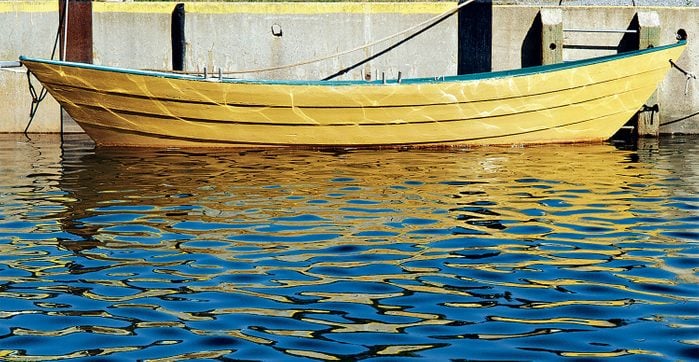
A forgotten part of history
A short walk away is the HMS Onondaga, Canada’s first publicly accessible submarine. Not only was the onboard experience fascinating, we were fortunate enough to receive additional info from a willing staff member who demonstrated how the torpedoes were loaded and fired, and explained the process involved in becoming a submariner.
We also visited Fort Peninsula, part of a larger WWII naval base built to protect Gaspé Bay and the Gulf of St. Lawrence from stealth attacks by German U-boats, and to provide a safe haven for a portion of the Allied fleet in the event of an invasion of Great Britain by Nazi Germany.
Although we didn’t get to see everything the area has to offer, we made the most of our time there. Janet and I thoroughly enjoyed exploring the Gaspé Peninsula, from the warmth of the people we encountered to its natural treasures. We visited at just the right time, too—late September to early October. We weren’t constrained by traffic, tourists or weather. It was ten amazing days that left a lasting impression.
Next, check out 10 historical landmarks every Canadian needs to visit.